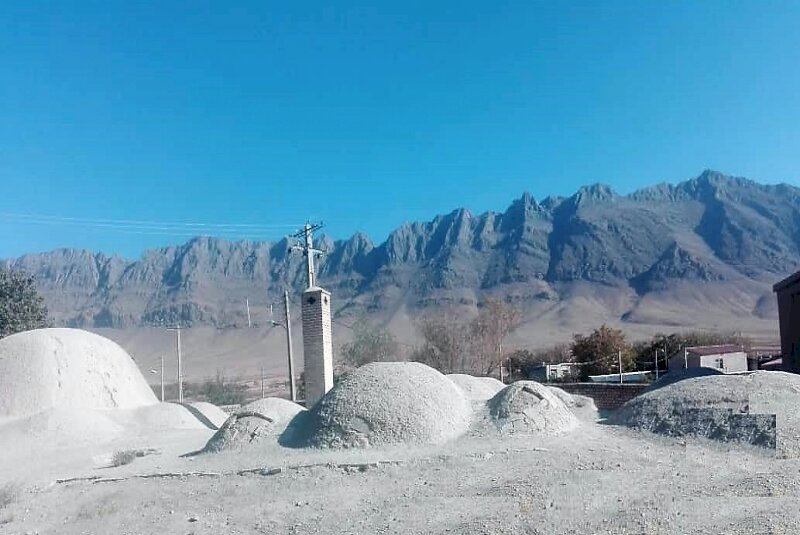Qajar-era public bathhouse undergoes restoration

TEHRAN – A public bathhouse dating back to Qajar era (1789-1925) in Lakan village, central Markazi province, has undergone some rehabilitation works, a local tourism official has announced.
The project involves repairing the damaged parts and strengthening the rooftop using cob materials, Ali Mashhadi said on Monday.
A budget of 150 million rials ($3,500 at the official exchange rate of 42,000 rials per dollar) has been allocated to the project, the official added.
The historical structure was inscribed on the national heritage list in 2006.
Bathhouses or ‘hammams’ in Iran were not only places for bathing and cleaning up. They had a social concept for people who gathered at these places weekly.
It was a place where people talked with each other about their daily life and shared humor and news. There are still bathhouses in Iranian cities but they do not have their social function anymore since most people have bathrooms in their homes due to the modern lifestyle.
Some cities had separate bathhouses for men and women. They were usually built next to each other. However, there were some bathhouses, which were used by men and women at different times of the day.
There were also male and female public bathhouses; at daybreak, a longhorn (booq-e javaz) was blown to announce that the bath was ready. Men came to the baths from daybreak till the afternoon. Women could use the bathhouses from then to sunset. In some cases, five days were allocated to men and two days to women.
Persian literature is full of proverbs, narrations, and folk stories about bathhouses, which indicate the importance of the place in the past time.
Markazi province is considered the industrial capital of the country. It is rich in natural, historical, cultural, and religious attractions.
Hand-woven carpets and kilims, made in its cities including Farahan, Sarugh, Lilivan, Senejan, and Vafs are known internationally.
ABU/MG

Leave a Comment